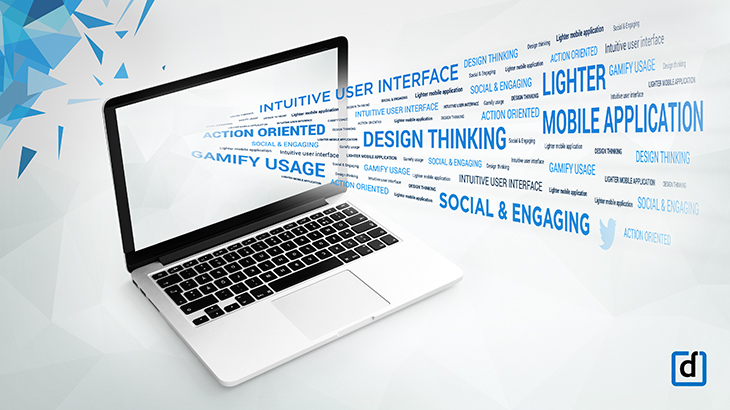
.png)
Reflecting upon half a decade of HR consulting experience and my recent HR product development journey at Darwinbox, I have discovered that there is a pattern to the questions from a potential Client. Once an organization decided to procure an HR Tech solution, the standard questions to evaluate includes – feature availability, customization requirements, costs, timelines, technology platform choice (cloud vs on-premise).
However, it is not until recently that I have seen any organization question about the usability of a potential System they intend to procure – what % of employees actually log in on daily basis, what is the process adherence % achieved in the system or so on. Fortunately, the current day mobile revolution has made everyone at least fancy a mobile app or a chatbot (will talk about it in another article) for their HR Tech to drive user adoption but nothing more has been evaluated about the solution from an end-user standpoint.
Do I keep wondering if enough has been done to drive the importance of User Adoption in HR Tech Implementation?
If we look at most research done around HR Technology failure, one of the top reasons for HR technology failure is user adoption. The technology solution selected fails to solve the business problem it was supposed to solve, primarily because users did not adopt the solution. So, what does it really take to drive user adoption? Having researched it ourselves while building an HR technology solution here are few aspects to ensure higher user adoption while implementing HRMS solution.
- User Interface: What is User Interface (UI) looking like? Is it highly intuitive and easy to use? With many users familiar with B2C applications they now come to expect these functionalities & ease of use in B2B applications. Testing the UI with a sample of employees; preferably across age groups gives a view of what each of them is expecting the UI to be like.
- Mobile Application: Many HRMS solution providers today offer mobile applications. However, one needs to clearly understand what employees would like to do while on the go and what they would prefer doing sitting in front of their computers. This will ensure that HRMS mobile application is not overloaded & is able to offer a clutter-free experience.
- Make it Social: Our personal lives today have social media wrapped around it, why should our work life be any different. Being able to share, like, & comment on company events in real time allows employees to share their views and opinions about various aspects of the organization regularly. Such interaction helps improve engagement with the HRMS solution.
- Capture Feedback: We are all creatures hungry for feedback. We want to give and receive feedback and hence we find giving thumbs up or an emoji very convenient in social media. Why not use similar behavior to get the pulse of the organization on a regular basis? Many companies today use pulse surveys as mechanisms to ensure engagement is measured frequently & actions are taken regularly, thus ensuring employees stay connected with HRMS.
- Action-Oriented Dashboard: An action-oriented dashboard takes you a long way on system and process adoption. A lot about the system’s usability can be inferred the moment you see this dashboard. While social elements engage employees, the other part about HRMS is to ensure that people perform action/s regularly. It can be achieved via smart and organized reminders that HRMS can allow you to configure to the employee’s preference.
- Gamify Usage: The HR processes are typically designed assuming user participation, for example, provide feedback to employees, complete self-assessment, and refer friends for open positions amongst others. Such actions work on a fundamental assumption that people are motivated to perform them as there is an internal & external reward. What if the HRMS takes care of this & creates visibility, thus ensuring people are motivated or nudged to perform these actions more frequently.
Adoption is not just about using the system for mandatory actions like leaves & attendance or IT declarations but extends to far more voluntary yet critical participation like recording performance journals and sharing peer feedback digitally. The very reason why an organization should take necessary efforts to drive user adoption of HRMS.
Hoping to see the decision makers considering user adoption as one of the main criteria apart from the other standard aspects while choosing an HRMS.



Speak Your Mind